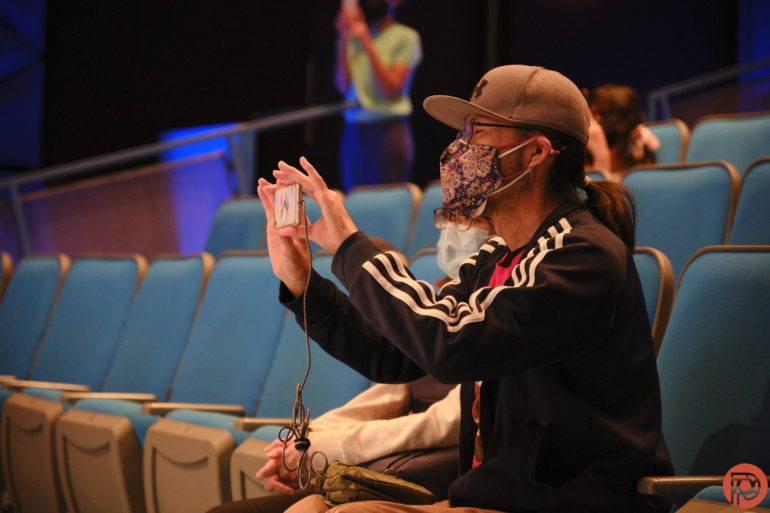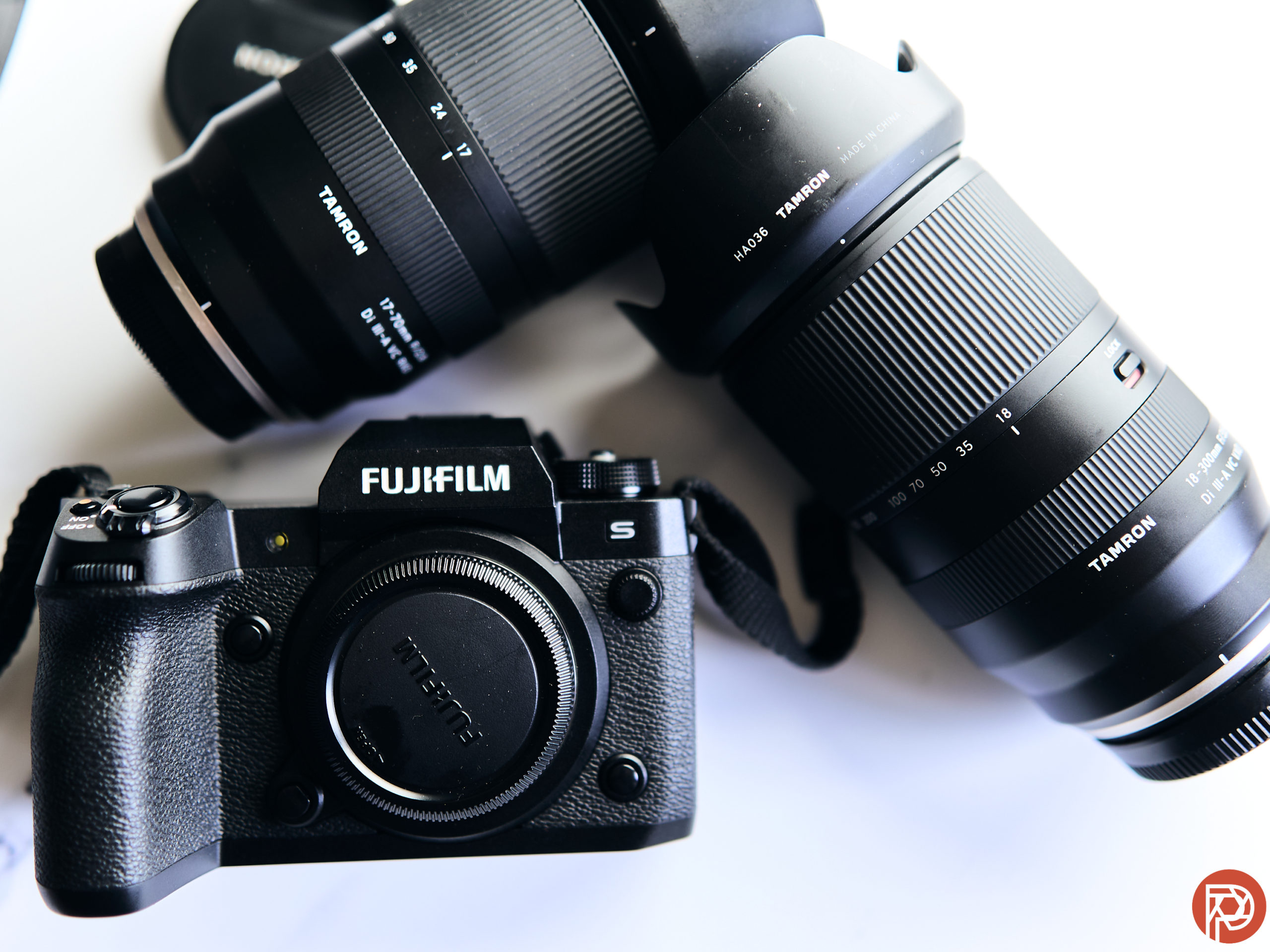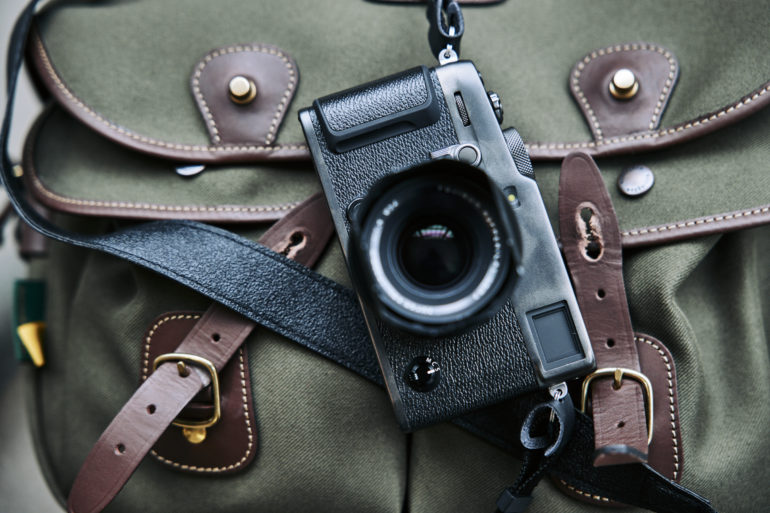Street photography is a major hobby for loads of photographers. And Fujifilm is one of the brands that support candid photographers a whole lot. Street Photographers are always looking for the best cameras, or at least they’re curious. After looking at our Reviews Index, these are the ones we chose as the best Fujifilm cameras for street photography. Of course, you also have to have skill and a bit of bravery. But you’ll see in our full reviews why we chose these cameras.
The Phoblographer’s various product round-up features are done in-house. Our philosophy is simple: you wouldn’t get a Wagyu beef steak review from a lifelong vegetarian. And you wouldn’t get photography advice from someone who doesn’t touch the product. We only recommend gear that we’ve fully reviewed. If you’re wondering why your favorite product didn’t make the cut, there’s a chance it’s on another list. If we haven’t reviewed it, we won’t recommend it. This method keeps our lists packed with industry-leading knowledge. Some of our stories include affiliate links. If you buy something through one of these links, we may earn an affiliate commission.
Table of Contents
How We Selected the Best Fujifilm Cameras for Street Photography
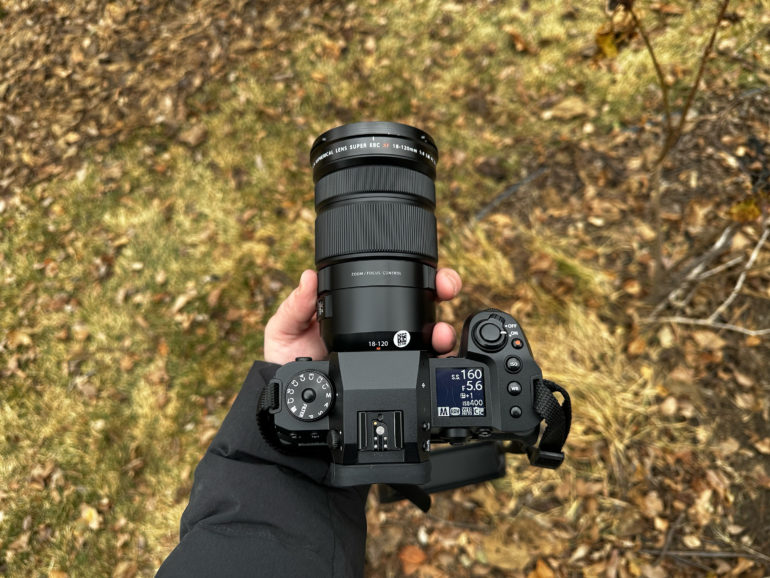
- Our round ups prominently feature only products that we’ve done full reviews on. You’ll never see a product we haven’t fully reviewed in a roundup. We’re linking to each of our reviews as well. This is a major part of the Phoblographer’s ethics.
- This round up of the Best Fujifilm cameras for street photography has only cameras that can deliver what street photographers need. Sure, you can use some of the lenses in zone focus mode and just shoot. But for the most part, you’re best off using the cameras in the Pre-Shot electronic shutter mode and AF-C. Otherwise, AF-S and face detection also work.
- All of the Best Fujifilm cameras for street photography are weather resistant. Our torture tests are often some of the most renowned in the photo industry.
- We’re recommending the X series cameras. The GFX series of cameras are surely great. And we’ve used them for photojournalism, but they’re not as lightweight packages as X series.
- Street Photography is best done with smaller cameras. Some of these are surely bigger. My personal favorites ar the rangefinder-style camera bodies.
- The product images and sample images in this round up of the Best Fujifilm cameras for street photography were all shot by our staff of photographers.
- The Fujifilm XT5 isn’t being included in this roundup for a really good reason. Below is a quote from our review where the camera just couldn’t keep up.
In short, the XT5 does just fine at portraits and tends to have fewer instances of focusing on eyelashes rather than eyes. But, in both low light and action, I consistently had more misses on the XT5 than the XT4. The XT5 is no longer Fujifilm’s flagship camera and it shows. If you want Fujifilm’s colors and decent low-light autofocus, the XH2s is a better choice.
Fujifilm XH2s
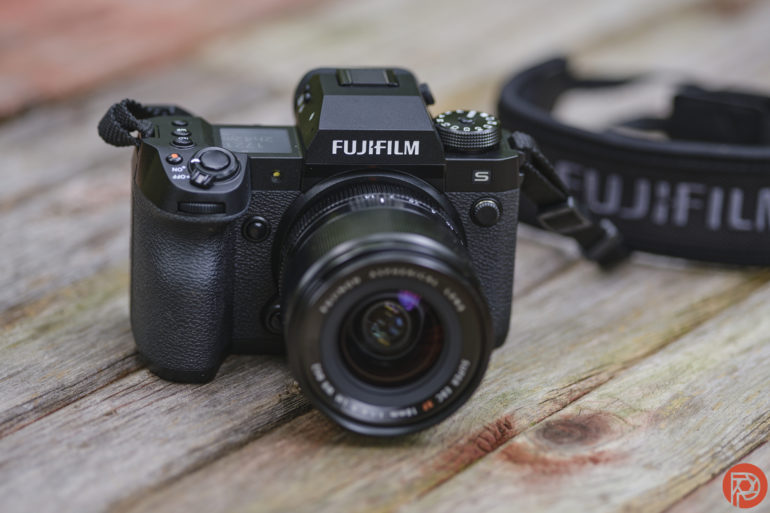
PROS
- Lovely colors
- Great image quality straight from the camera
- Fast bursts at 15 fps mechanical and 40 fps electronic, with autofocus
- Finally, Fujifilm has animal eye AF
- No blackout viewfinder
- Excellent low light autofocus
- Durable build quality
- Comfortable grip
CONS
- AF is good, but there are better sports cameras
- I miss the classic dials of the X-T series.
How’s the Autofocus?
In our review, we said:
Low light autofocus is a key feature of the X-H2s. In a room lit by a tiny opening in darkening curtains and a few glow sticks, only about 15 percent of images were out of focus. And this was photographing a toddler who rarely sits still. As long as there was a small sliver of light giving his face a little bit of contrast, the XH2s quickly locked on a majority of the time. The low light performance feels like a slight step up from the X-T4. This feature is going to be awesome for photographing wedding receptions and events in limited lighting.
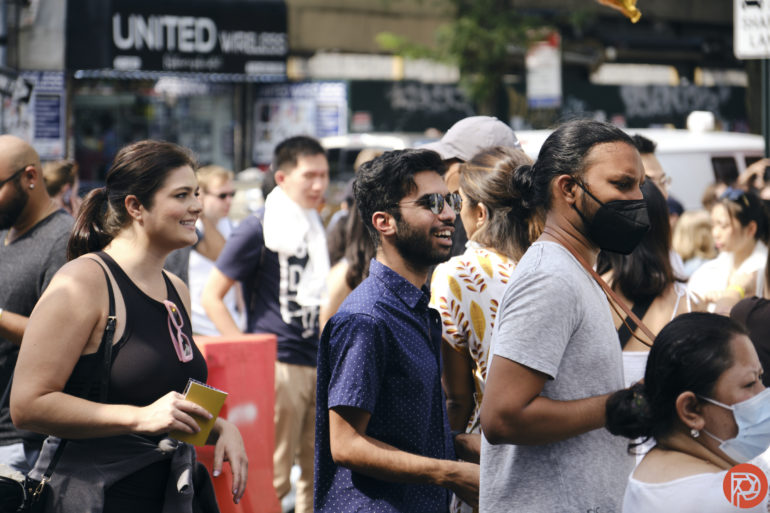
Fujifilm X100V
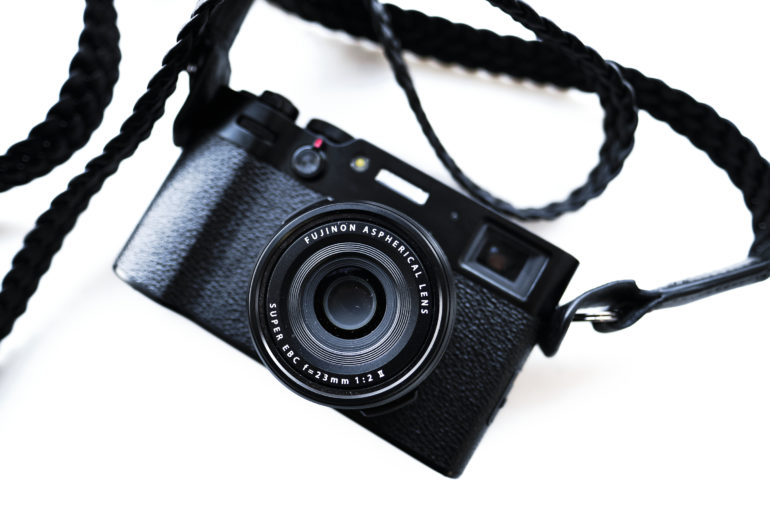
Pros
- Feels good in the hand
- Focuses quickly but the all wide tracking needs a revamp
- Beautiful overall
- I like this new ISO dial
- So simple to use
- Image quality is nice so far
- Built in ND filter option
- With the right tweaks the autofocus can be very good for street. I recommend tweaking the tracking sensitivity and using a specific spot set to the largest area and in the center. Then AF-C Mode.
- I’m finding autofocus with the OVF to be faster than with the EVF
- Touchscreen focusing is wonderful in protests
- At $1,349, it’s very worth it
Cons
- Battery life drains too fast
- Could use a leatherette grip and not this plastic fantastic stuff
- Exposure compensation dial needs a lock button
- Touchscreen menu is needed
- Maybe even a few more Fn buttons
- Viewfinder diopter adjustment doesn’t lock
- When you set the camera to viewfinder only for shooting and LCD for playback, the menu system works only in the viewfinder.
- There are situations where Image Stabilization would really benefit this camera due to the quick “hit and run” style of shooting
- LCD needs to adapt to lighting automatically
- Autofocus suffers in very low lighting and in zone setting. You need to use the focus point setting otherwise. This is where Canon and Sony are ahead still.
How’s the Autofocus?
In our review, we said:
“The autofocus on the X100V is fantastic in both good and bad lighting. I was able to successfully track a subject in extremely low light while moving. But I think that folks should really keep something in mind. In my opinion, the AF Wide + Tracking option is pretty useless unless you’re in AF-S mode. Instead, you’re better off using the Zone and AF-C option to get someone in focus that’s moving. The Fujifilm X100V did a great job at this. But otherwise, shooting with the single focusing point is great. If you’re shooting events or street photography, that’s how you’re going to want to shoot. What I also noticed is that oddly enough, it was faster to focus in the OVF mode than the EVF mode. It’s slight, but noticeable.”
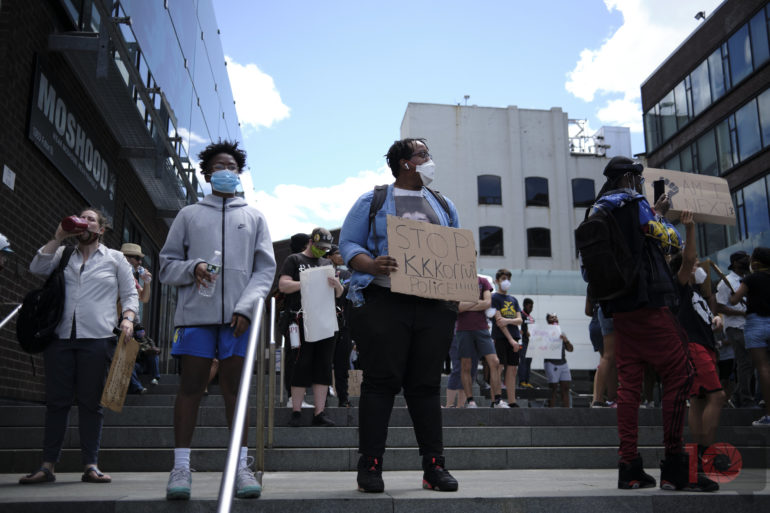
Fujifilm X Pro 3
Pros
- Superia is beautiful (Classic neg)
- We love the lack of a major screen
- Autofocus can be fine-tuned for different situations
- Everyone loves the look of Classic neg
- You can push the shadows for forever and get details – the highlights not as much, but they’re still there
- The screen helps you stay focused and aware
- USB C charging ensures that you can keep using the camera
- Video features deliver pretty video
- Arguably, you don’t need to edit the RAW files because the JPEGs let you do so much
- For street and documentary shooting, the hidden screen will keep you in the zone when shooting
- Face detection is fantastic when not trying to track erratic movements
- Acros and clarity enhancements are going to make you fall in love with Fujifilm all over again
- The Chrome effect for skies is subtle and very nice
- Autofocus is fantastic for events and most professional work
- Fujifilm’s collection of small primes pair wonderfully with this camera
- The best camera to embrace high ISO noise on the market
- Using the OVF will prolong battery life at the expense of slower autofocus
- This is less of a street camera than a documentary and event shooter’s camera
- The wider lenses make zone focusing easy. This is imperative for street photography
- Multiple exposure mode is a very welcome addition
- Very good battery life
Cons
- Has problems keeping subjects in focus when they’re continuously moving
- When you need the screen, it’s a bit of an annoyance; like when photographing a portrait subject in motion
- This camera desperately needed Blackout Free EVF shooting
- Touchscreen menu navigation should be on this camera
- Autofocus needs improvements
- Rated images in-camera aren’t brought into Capture One Pro. This is critical for the photojournalist.
- Enhancing the clarity makes the camera take extra time to render the image
- The battery life in long term use is about on par with the new Sony Z batteries. We wish it were longer, but it’s also a much smaller battery.
- For street shooting, the wide and tracking AF area still lets you select a zone, but it shouldn’t. This can throw off shooting in real-life street situations
- Shooting from the hip? You may accidentally hit the function button and not the shutter release
- Exposure dial needs a locking mechanism
- Multiple Exposure mode saves the final images only as JPEGs
- The addition of image stabilization could have meant that this camera has a better chance at becoming the perfect camera for street photography
How’s the Autofocus?
In our review, we said:
“Though the Fujifilm X Pro 3 isn’t necessarily meant for fashion shoots, the autofocusing algorithms straight out of the box spoke volumes to me. When we shared these images on Facebook, many were quick to point out that the autofocus wasn’t keeping Casey’s face locked. In theory, that will mean street photographers will have a tough time if they’re trying to use the autofocus. This problem occurs in both low light and good light.”
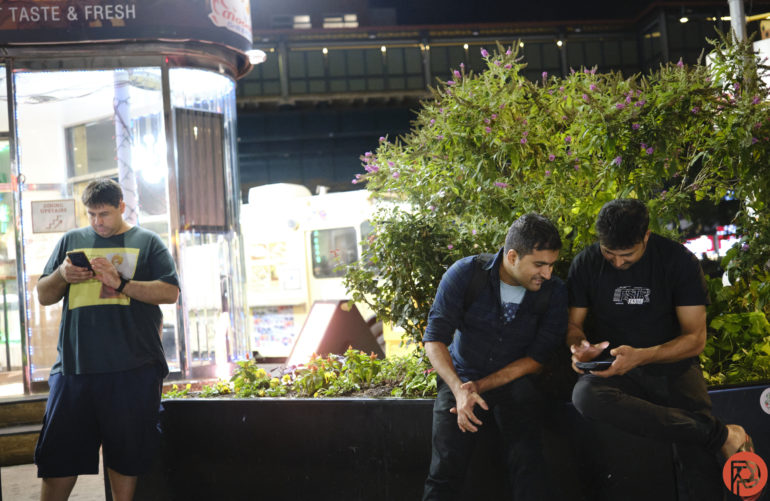
Fujifilm XH2
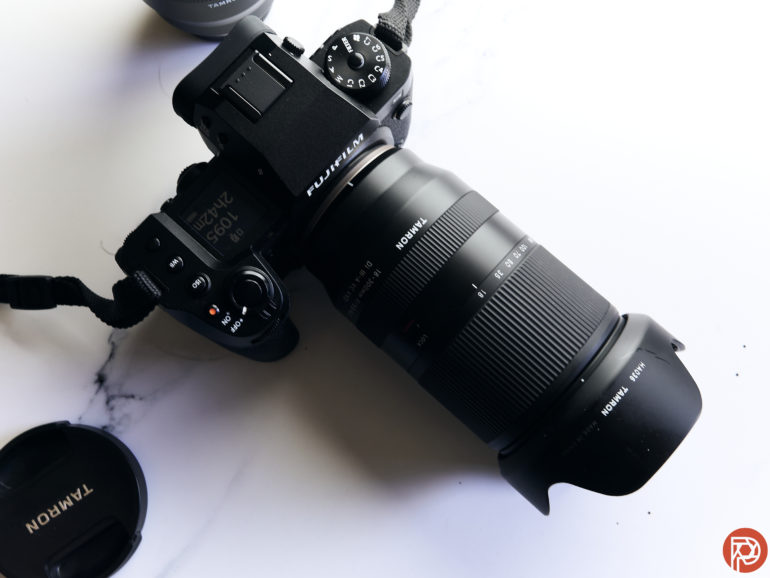
PROS
- Very quiet
- Fantastic image quality
- High ISO images are fairly clean, or you can embrace the noise.
- The best color from an APSC sensor in a while
- Subject detection is great in sufficient lighting.
- Weather resistant
- Good for street photography
- Alright battery life
- Still works well with older lenses
- Cropped shooting mode in continuous drive mode is brilliant. (Let me get it right in camera and frame it perfectly there rather than fixing it later.)
- Continuous AF is great in good lighting.
- Very good at 10pm for tracking birds
CONS
- I miss the ISO dial so much.
- Desperately needs to find a way to make switching between subjects faster
- Rolling shutter in pre-shot ES
- I wish it had more customizable buttons.
- Fuji needs to update how their focusing modes work.
- Star ratings don’t transfer over to Capture one or Lightroom.
- Continuous AF isn’t so great in low lighting.
- Fuji needs to update their AF-C customization modes.
- Autofocus performance deteriorates with exposure preview on and lots of underexposure.
- High ISO editing versatility isn’t all that great, but for wildlife it really needs to be.
- Fuji currently lacks a major selection of fast telephoto lenses, and they really need them.
How’s the Autofocus?
In our review, we said:
Usually, I felt that the autofocus performed best when exposure preview was turned off. Once your subject starts to be underexposed by two stops, the XH2 starts to cause endless amounts of frustration no matter if I was using Fujifilm or Tamron lenses.
